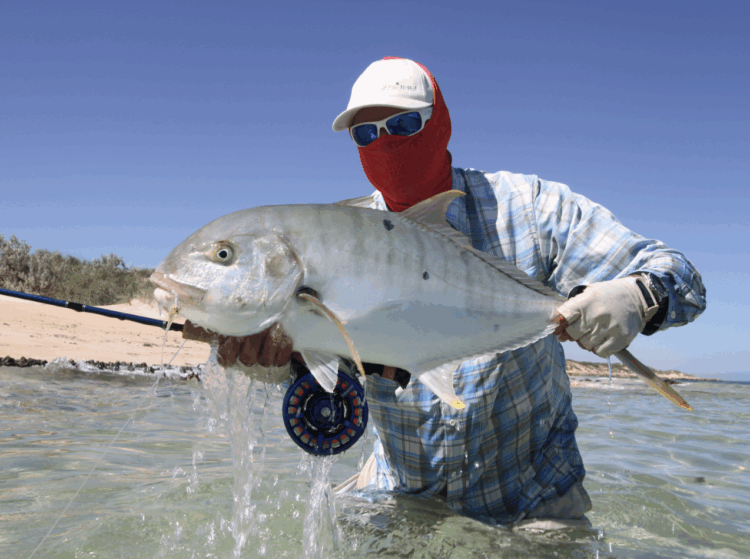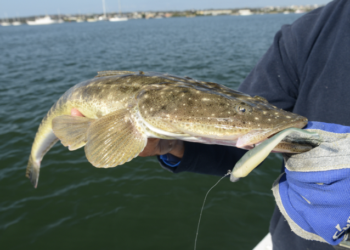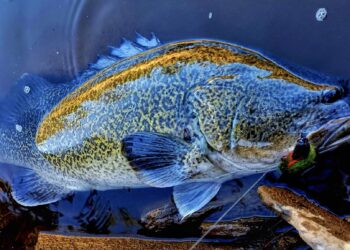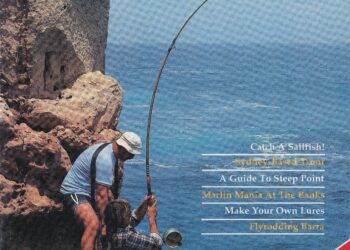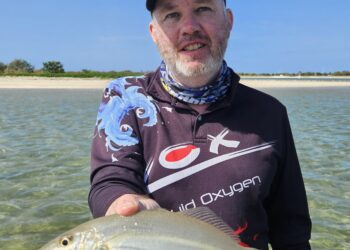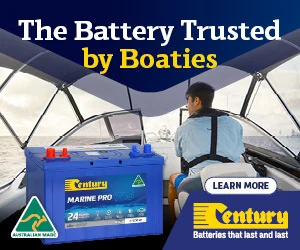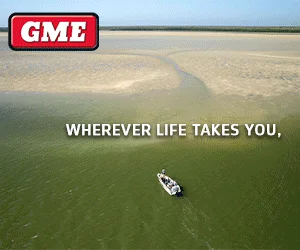LIKE many serious fishos, I’ve often wondered what life would be like as a fishing guide. I’ve never seriously considered guiding as an occupation because I reckon if I had to take people fishing every day I’d lose interest in my own fishing and it would cease to be fun and something to look forward to. Of course, to many, the idea of getting paid to go fishing four or five days a week sounds great. You can buy your dream boat and claim it as a tax deduction along with all of your fishing gear and even a percentage your four-wheel drive tow vehicle and home office.
You’re out there on the water whenever the weather permits and you get to meet cool clients every week and put them onto fish. It does sound tempting but I can assure you it takes a special breed to work the guiding gig successfully.
Over the past decade I’ve gotten to know several Aussie fishing guides reasonably well. I’ve seen how hard they work to front up every day and maintain boats and fishing gear but also find and catch fish for paying customers. To many on the outside, it seems like the perfect lifestyle but the reality is that it’s a 24/7 job and bloody hard work rather than a lifestyle. Let’s look at a typical day for one of these guiding operations who we’ll call Bill and Bob. Bill owns the guiding business in North Queensland and employs Bob and his flats skiff on a sub contract basis as required – usually two or three days a week.
The alarm goes off at 4:30am for the tenth day in a row. It’s still dark but the day begins with a quick boat check before loading up food, drinks, ice, water and fishing gear. Today’s clients are three mates from Melbourne who booked a day’s sports fishing several months ago. There are also a husband and wife from Brisbane who are keen flats fly fishers fishing on the other boat with Bob. A full day for the both boats and good weather.
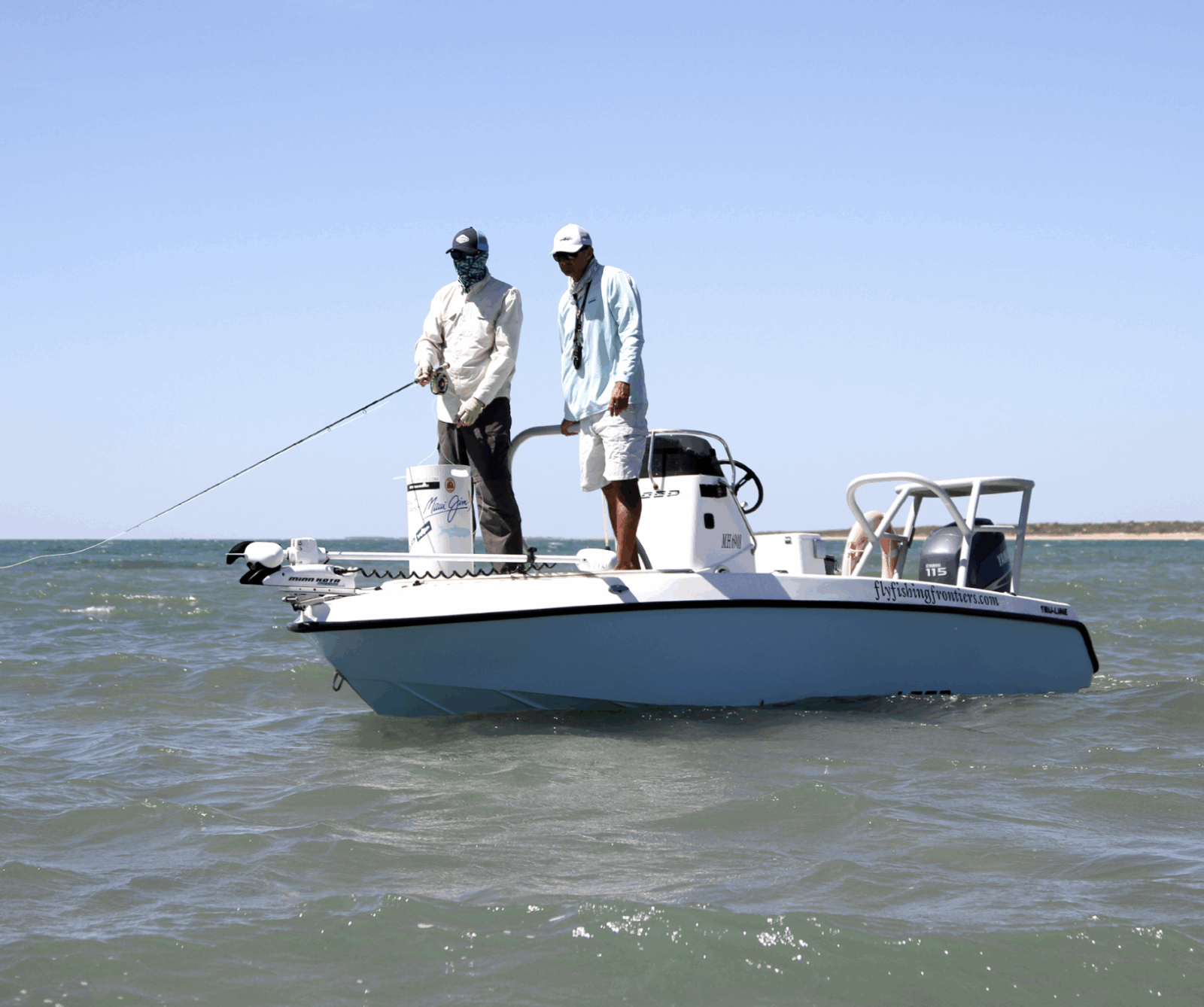
A quick coffee on the way to the harbour and the three clients are picked up from their accommodation before heading to the ramp at 6am. The six metre Galeforce is launched just as Bob arrives with his two clients and flats skiff in tow. A quick safety induction on where the life jackets are and what to do in case things go pear shaped and they all leave the harbour before 6:30am.
Bill is chasing pelagics today and the list of species includes tuna, trevally, cobia, mackerel and queenfish. Bob heads off in the opposite direction to a large area of flats in search of permit and golden trevally with his clients.
It’s an hour run to the pelagic grounds but it’s broken up by casting at the odd school of fish busting up along the way. This is a good chance to gauge the competency of the anglers. If they know what they’re doing it makes the job a lot easier.
If they have very little idea Bill has to work harder to catch fish for them and that may also involve losing some lures and line if they can’t competently fight a big fish. It’s a good time to make conversation and let the clients feel comfortable and maybe even getting them keen with a few fish tales from the past few weeks. This is called “guide speak” in the industry as you will never hear a guide say the fishing is slow or nothing is biting.
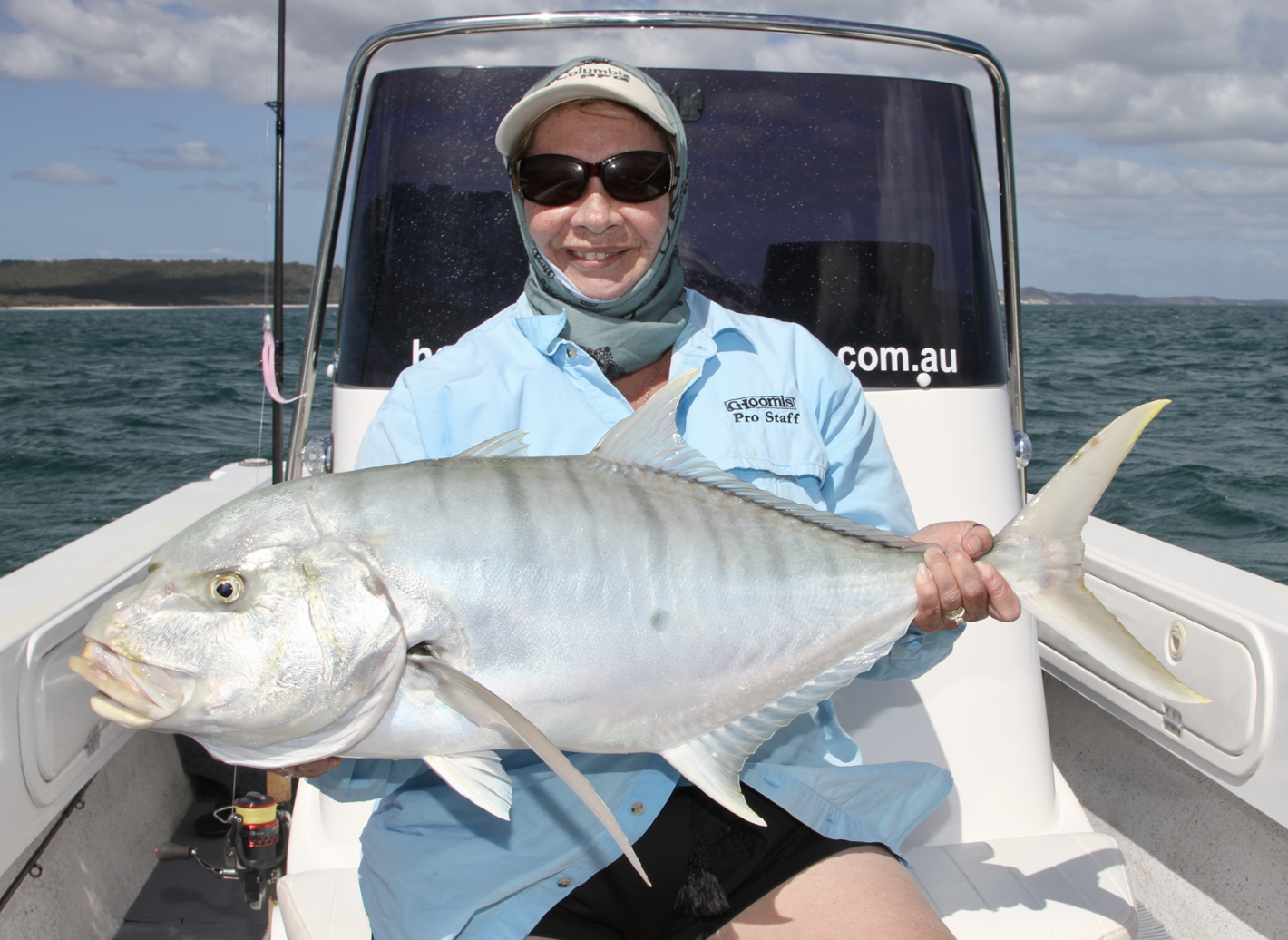
The north Queensland scenery is spectacular and the clients take it all in while Bill provides some commentary on points of interest and gets to know his clients. He’s continually looking at the two Lowrance HDS12 units on the dash and marking bait or fish. All of this while making sure the boat is being driven safely and keeping his clients comfortable and ready if an opportunity arises. At 7am the mobile phone starts to ring and text messages start coming through from potential clients wanting weather and fishing reports or emails to book a few days next month if he has available space. He has to ignore the calls while guiding clients because they’re not paying him to book other clients or talk on the phone. He does however find time to put a quick live post up on Instagram.
They’ve already caught a few mack tuna and a nice queenfish by 8am so they stay in close within a kilometre of the beach for another hour searching for baitfish on the Lowrance. Every time they mark bait the clients are told to put a few casts out and let the soft plastics sink to cover it. They land a few brassy trevally to 2 kilos and a solid golden trevally on slowly worked plastics that are all photographed and released.
Meanwhile on the flats about 20 kays away, the husband and wife are in search mode on the 5.5 metre flats skiff. They’re looking for permit and golden trevally in a metre of water as the tide drops to an 11am low. They need sunlight to polaroid fish and a bit of scattered cloud is making that difficult. They’ve already marked a few fish but sloppy fly casting has cost them several shots. Bob is multi-tasking.
He’s looking for fish, keeping an eye on the falling tide, hoping for sunlight, making fly selections and trying to offer subtle fly casting advice from up on the poling platform. It’s very frustrating when he works so hard to find a fish and poor fly casting destroys those valuable opportunities. They’ve got expansive flats to cover and hopefully the cloud cover will burn off later in the morning.
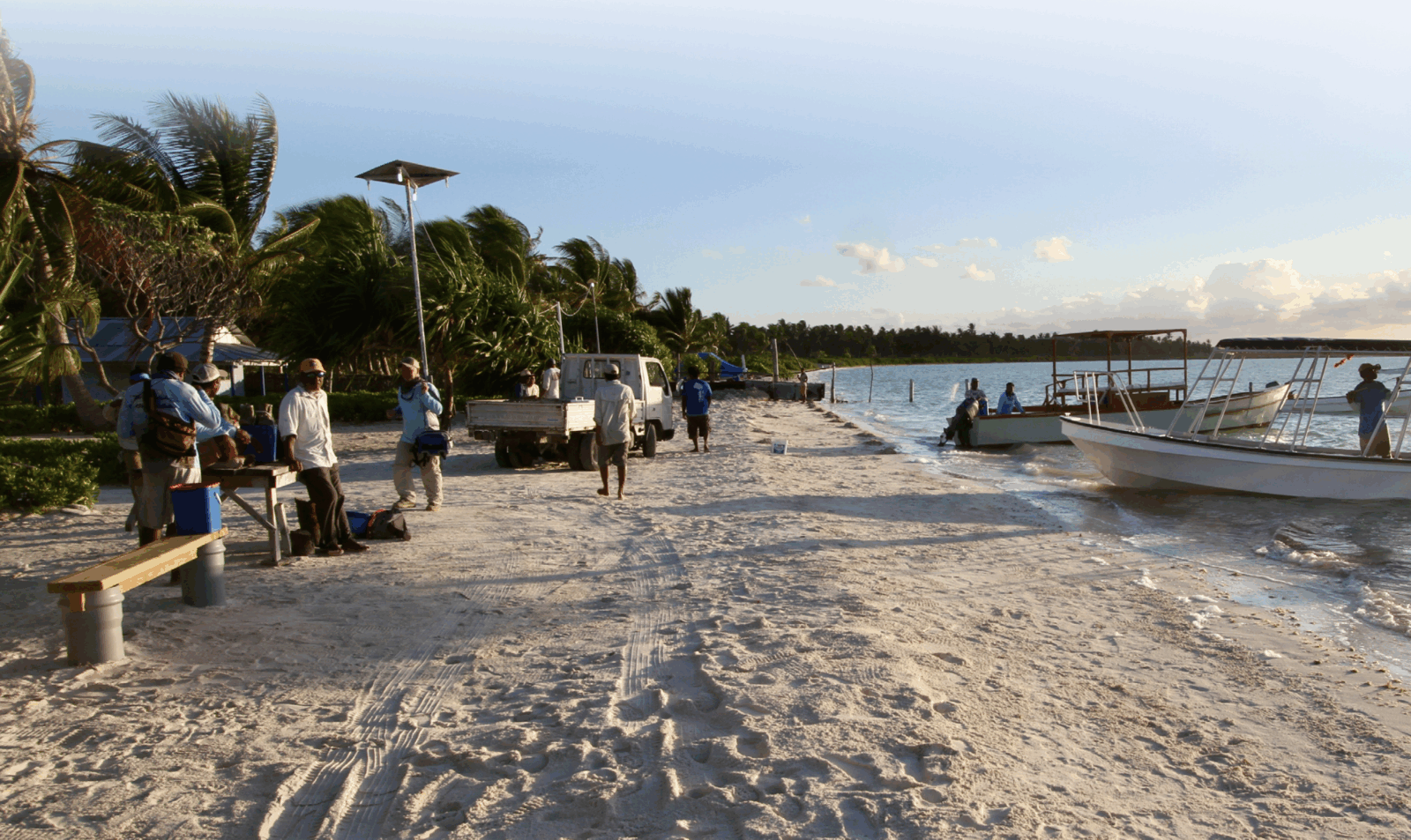
Further out, things have slowed down a little so Bill heads out wider in search of longtails. Out come the binoculars and Bill is searching for birds and fish working on top. There are several schools a few kays out but other boats are already working them so they head a few kays wider until they find a few schools away from the crowds. The longtails are going hard and frothing but being in the right place at the right time takes a lot of experience.
The temptation is to go racing in and cast into the first school but they sit back and work out the pattern before selecting a school and approaching it from up wind in a 10 knot south east trade breeze. The problem with fishing the deeper, offshore water for tuna is the local shark population. Our three mates from Melbourne are about to find out what that’s all about.
The first two casts with metal slugs are scoffed within seconds and the excitement levels are up. Ten kilo longtails on PE2 casting outfits have both anglers losing line and then retrieving flat out as the fish double back at breakneck speed. After five minutes they’ve settled into the fight but one of the anglers really has no idea of how to fight a large fish. He’s winding furiously while losing line and not putting enough pressure on when he needs to. Some quick tips on fish fighting are required and he slowly starts to get the hang of it.
Five minutes later the sharks have found them and are easily visible on the side scan sounder screen. Bill tells the guys to go harder just as the first longtail is taken off the surface in an enormous splash of white water. A minute later the other fish is eaten down under the boat by a 2.5 metre bronzie. The guys express their disappointment and are told that the shark problem is just part of fishing in north Queensland. They move on in search of more bust ups.
Over on the flats the 4 metre tide is dropping quickly and they’ve had to relocate to another flat that’s fringed by mangrove creeks. Within minutes both clients are complaining about being bitten by midges so out comes the BushMan. Old mate has given his wife a quick casting lesson and she’s confident of putting a fly in front of the next fish they spot. After ten minutes on the new flat, Bob picks up a solid golden trevally up ahead and poles the skiff into position.
Forty feet at 11 o’clock is the call and she drops a cast a metre in front of the fish and lets the tan crab fly sink. The golden is straight on it and, despite trout striking, she’s hooked up and jumping around trying not to stand on excess fly line on the deck as the fish heads for the horizon. Ten minutes later they release an 80cm golden trevally after taking some photos. That one fish relieves an enormous amount of pressure on Bob.
The rest of the day goes smoothly for Bill with two longtails landed before the sharks eat them along with one more golden trevally from under the tuna schools. The husband on Bob’s boat gets a shot at a good permit but the crab fly is rejected at the last second leaving him devastated. Still, all the clients are reasonably happy with their days fishing as they return to port around 3pm. The husband and wife have two more days booked with Bob while the three mates from Melbourne have family duties for the rest of their 5 day stay. They all say goodbye and leave Bill and Bob to retrieve their boats onto the trailers. Their day is far from over.
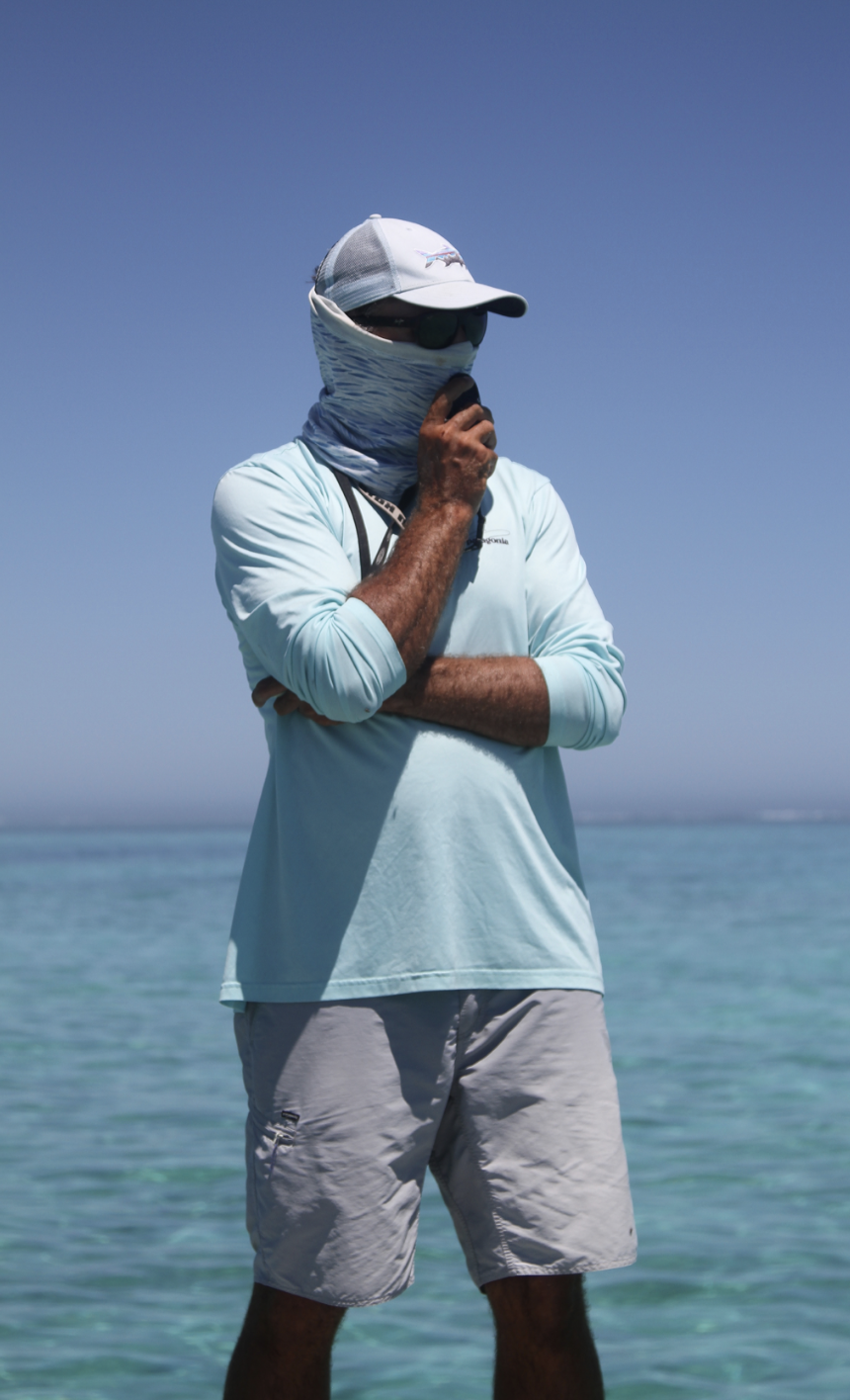
It’s a ten minute run to the service station for fuel then home to wash the boats, motors and trailers, retie leaders, top up lure and fly boxes and re-rig rods. One of the Melbourne anglers kept winding his lure into the rod tip and that has to be replaced because it’s cracked. The electric motor batteries need to be recharged and boats put away for the night until tomorrow. They both have numerous phone calls and emails to return and reply to while planning bookings out a month ahead. Invoices have to be sent out by email and bank accounts checked for payments and deposits.
There’s a big tropical low due to arrive in four day’s time so clients need to be called and advised that their long awaited and carefully planned fishing trip will probably not happen. Deposits may need to be returned and fishing days cancelled due to weather. The weather and tides need to be checked for the next few days and lunches/snacks/drinks prepared for tomorrows clients. It’s about 10pm by the time they get to bed only to be up at 5am in the morning to do it all again. They’re both dog tired like most nights after a full day of fishing so sleep comes easy.
Most clients only witness the fishing side of guiding and, on the surface, it might sound enticing. The reality is that it takes a certain personality and love of fishing to be a guide. Yes, catching memorable fish for clients is great fun but when the fish aren’t playing, the odd client baulks at paying $800 for a fishless day on the water. Some clients also book months ahead with a rush of blood to the head and then pull out a few days before the trip.
Some need to be chased for weeks and weeks to pay for their fishing trip. Bad weather can halt fishing for a week solid and good weather can have you working 15 days in a row. Boats and motors break down and the income stops with a boat off the water. Upkeep on boats is expensive when they clock 1500 hours a year. That’s 15 motor services a year and a new motor every two years.





